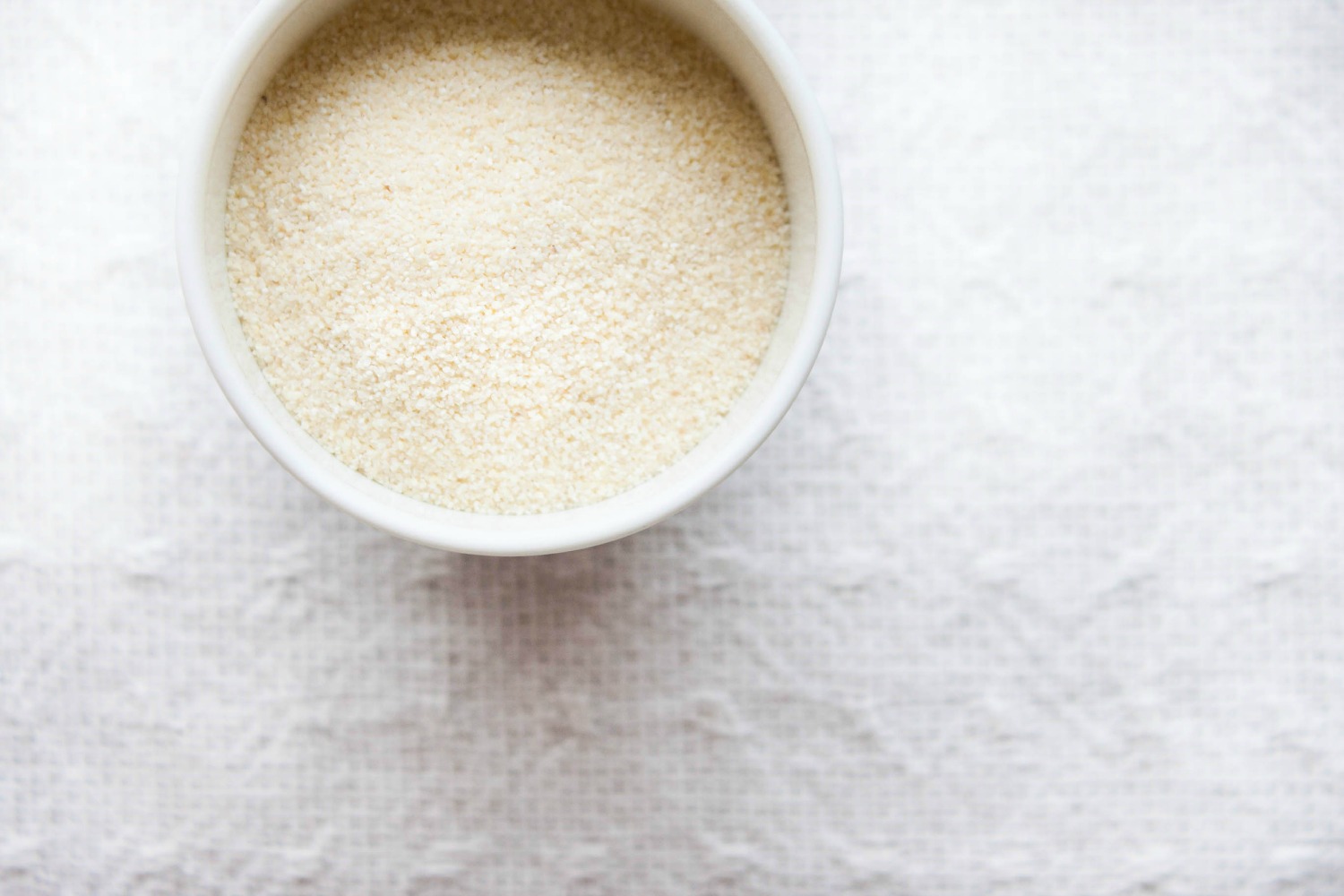For the last two weeks, the web has been full of all things pink. Cute cupcakes, satin ribbons, chocolate hearts, and gooey goodness. I guess you're expecting the same from me, from this small space I've created. But I'm afraid I have a confession to make. I don't celebrate Valentine's Day. I don't even like it. There's certainly nothing wrong with the message itself. Love and friendship. I'm all yours. However, I can't cope with the commerciality of February 14. It makes me feel anxious.
Somehow the day feels fake to me. Like I would appreciate the people I love only if I do something special on this specific day. I don't like that it's expected from me to do something special. I don't like "should-dos". Maybe I'm a bit of a rebel when it comes to things like this.
Love is less about showing and acting but more about being. Being there for each other, sitting in that same boat. Enduring the mighty storms when the waves crash against the sides of your boat, watching the light rain falling down on you both, and trying to find the right direction when the morning mist makes it hard to see. Enjoying the gorgeous dawn together and sunbathing in the bright sunshine. It also means being there when the time has come to raise the sails and travel to places yet unknown.
I hope you get what I mean.
I didn't plan to post a pink dish this week. It just happened. And well, I guess this would be the perfect Valentine's Day breakfast, right? You could totally serve it next Friday. Cause after all, although it isn't my kind of day it totally could be yours. But don't label this as a Valentine's Day porridge. It's so much more than that.



Whipped Lingonberry Porridge
serves 4–6
Sooo....you didn't know you can actually whip porridge? Well, here's the good news: yes you can. We people of the North do it all the time. It keeps us warm. Okay, just kidding. The reason we do it is because it gives you a bowl of fluffy goodness. Fluffy, pink porridge! That's what dreams are made of.
For most Scandinavians whipped porridge is a dessert. I however like the not so sweet version that can be enjoyed for breakfast or as a midday snack. So folks, you're welcome to add more sugar if you feel like it and call it a dessert. No one will judge you. You could also substitute regular wheat farina with whole wheat or spelt farina if you want to go an even healthier route. One more note: I made this with lingonberries which is the traditional take on it BUT you can totally use other berries if you want to. Black or red currants, sea buckthorns, blueberries, strawberries, raspberries... And if you can't decide, just mix them! I wonder if cranberries work as well. My guess is, yes. Just adjust the sugar amount according to the sweetness of the berries you use. Lingonberries are quite tart so I would use less sugar for a whipped strawberry porridge.
EDIT: Anita made a batch and served it with coconut milk. According to her, it "is terrific on top". So, by all means, do try it with coconut milk instead of regular milk.
8 dl (3 ¼ cups) water
250 g (8 oz; 4 ½ dl; 2 cups) lingonberries (fresh or frozen, no need to thaw)
pinch of fine sea salt
100 g (3 ½ oz; 1,2 dl; ½ cup) granulated sugar (+ more to taste)
120 g (4 oz; 1 ½ dl; ⅔ cups) farina (Cream-of-Wheat)
whole milk, to serve
In a medium-sized pot, combine the water and lingonberries. Bring to a boil and boil for 10–15 minutes.
Add the salt and granulated sugar. Gradually whisk in the farina, making sure there are no lumps. Let simmer for 5–10 minutes (depending on how long your farina needs to be cooked), stirring constantly. Taste and add sugar if you feel like it could be sweeter to your taste. Remove the pot from the heat and let the porridge cool to room temperature.
When the porridge has cooled, beat it with a whisk or a hand mixer, until light and fluffy.
Serve at room temperature or cold with milk.
The porridge can be stored, covered, in the fridge for a couple of days. Just beat it again before serving.
P.S. Join me and other food bloggers and help to provide a nourishing school lunch for South African children. Read more about it here, here, & here (just to name a few contributing posts). You can donate here. Thank you for The Lunchbox Fund and The Giving Table for making this happen.
>>>•••••••••<<<































